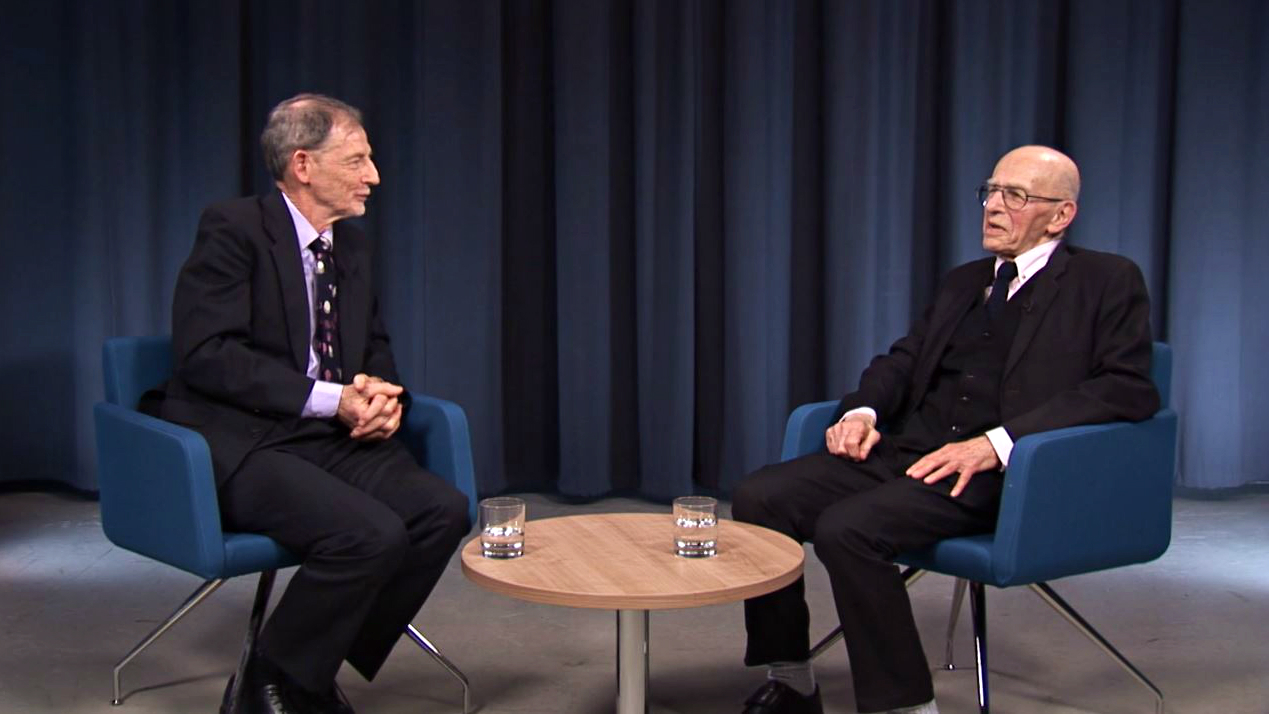Professor Edward Fraenkel was an internationally renowned mathematician born in Germany in 1927. He’s well known for his work in the field of hydrodynamics, in particular the Stokes conjecture for the wave of greatest height with Charles Amick and John Toland, in which he provided a definitive resolution for an idea first theorised in 1880.
Early years in aeronautics
During the Second World War, Edward was evacuated to Canada, where he went on to do a degree in aeronautical engineering at the age of 15. “I was 17 when I learnt about the conformal transformation of a circle into an aerofoil and the Joukowsky condition for determining the circulation, and I thought it was the most beautiful thing I’ve ever seen.”
After his master’s he did four years National Service at the Royal Aircraft Establishment (1948-1952). He spent two years running a supersonic wind tunnel, testing air intakes and two years in the theoretical section. There, he did what he refers to as “his first piece of serious mathematics” when he discovered how to bypass a method for the slender body theory created by M.J. Lighthill in 1947. “In a very small way, I trumped [Lighthill’s] ace.”
He also met his wife, Beryl while there.“I’ve had two great pieces of luck in my long life. One is Beryl and the other is H.P. Squire, a major figure in fluid dynamics in those days….He said to me, do what you like best because you’ll be better at it...I took his advice. I’ve always gone for what I like best and I've been rewarded handsomely.”
Life as an academic
Edward received his first lectureship at Imperial College London and has held senior positions at the Universities of Sussex, Cambridge and most recently at Bath.
In 1989, he was awarded the Senior Whitehead Prize of the London Mathematical Society and has been a Fellow of the Royal Society since 1993.
At the age of 90, Edward was still working on his own research and was focussed on completing work on water entry on a wedge that he started with Bryce McLeod.
He died on 27 April 2019 at the age of 91.
